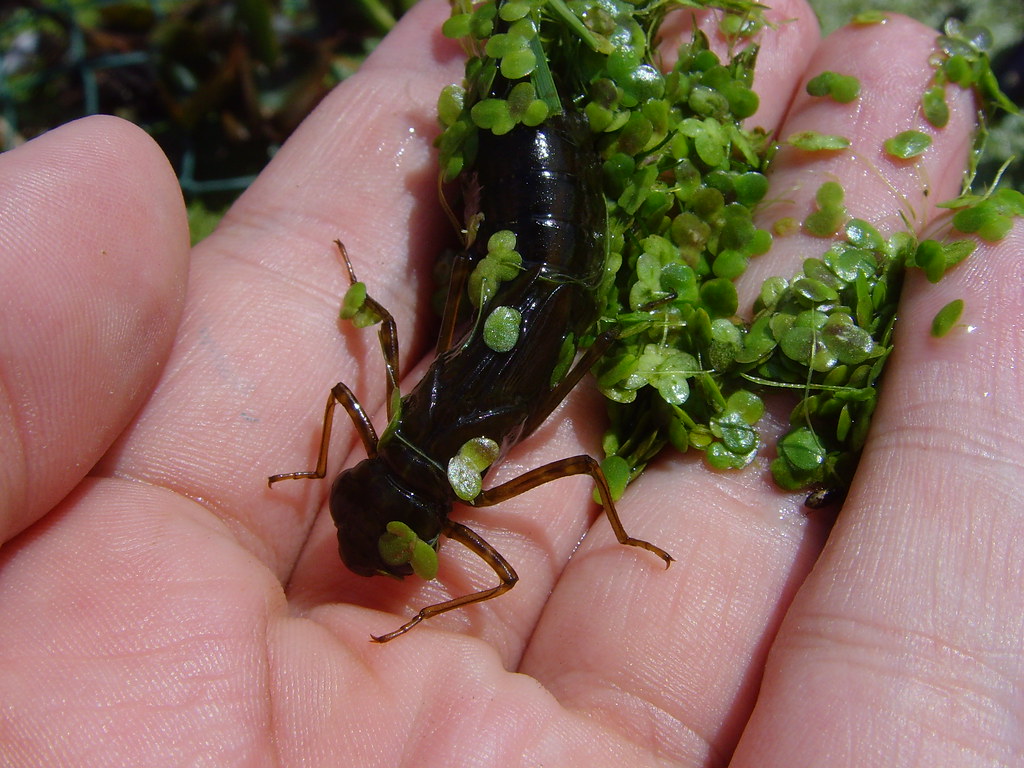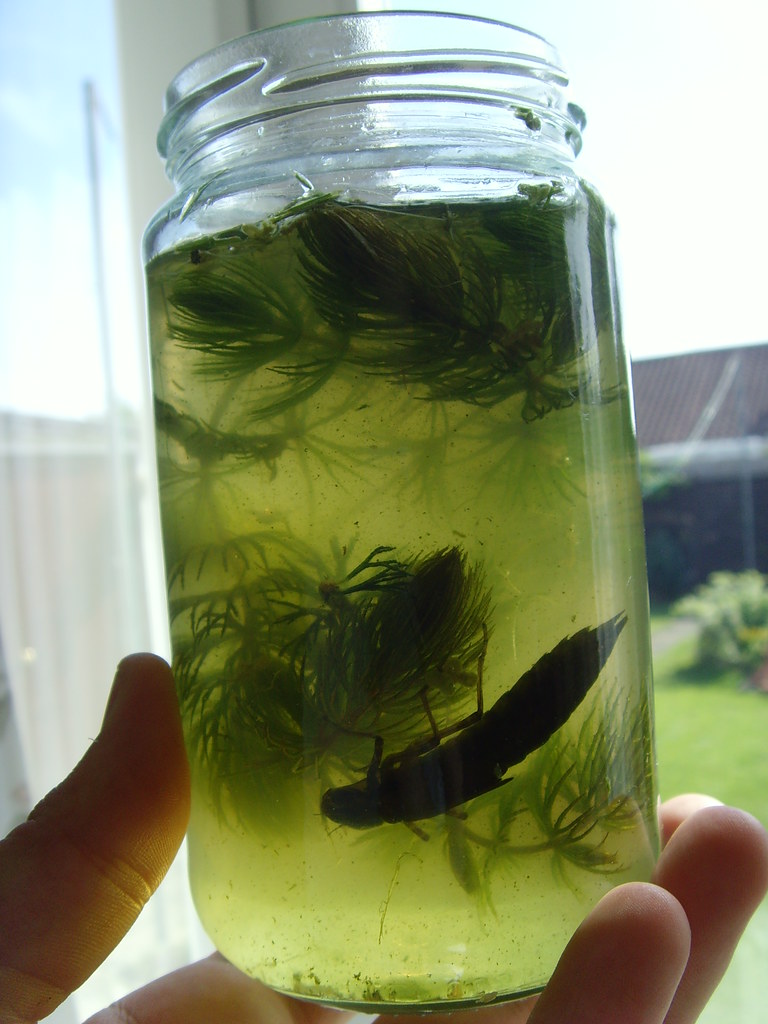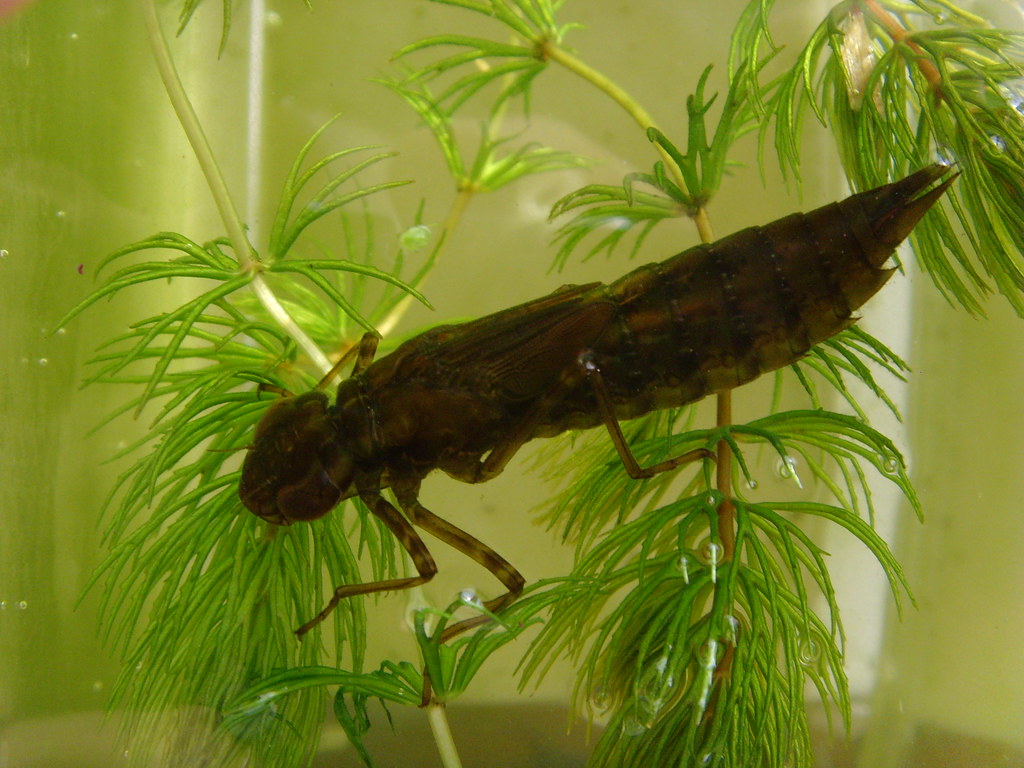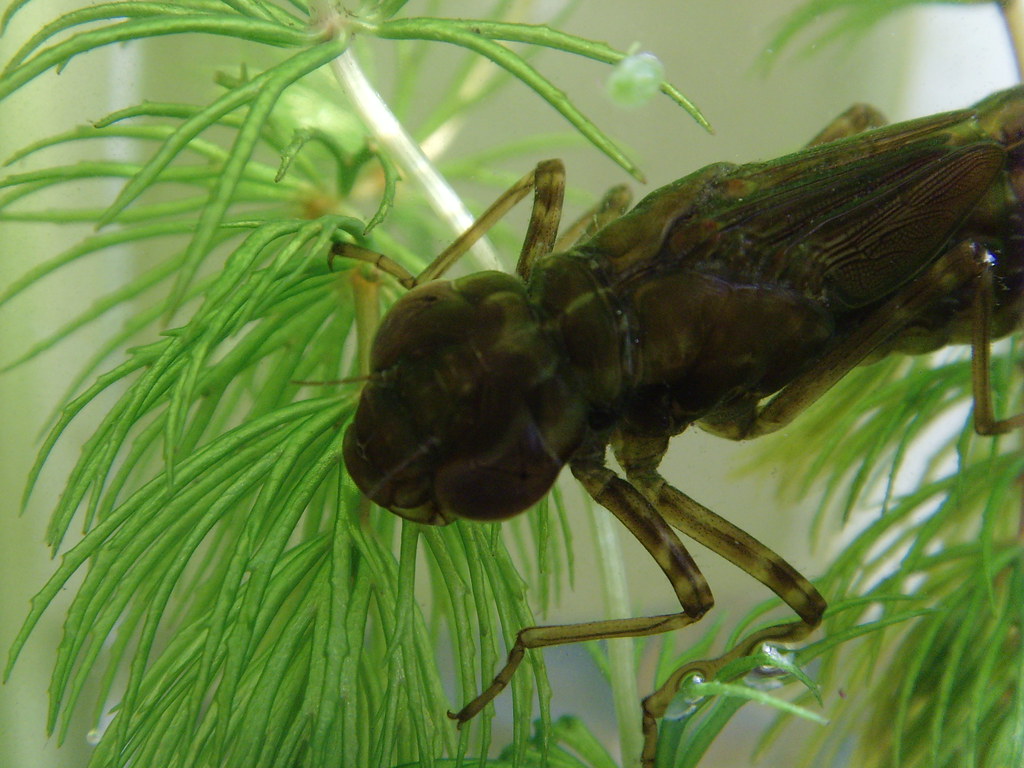Morpheus uk
Well-known member
Ive always wanted to rear a dragon fly larvae to adult as ive done with countless damsel flies but never had the opportunity, ive finally just found a monster of a nymph and after a close look at some photo`s it looks like its going to be moulting real soon, i just wondered is there any good signs and advise people can give me so i know what to do?
I mean i know they climb out onto a stem and moult but i just need to know when cause at the moment hes in a little mini petpal tank for know, and it`ll take me a while to set up a tank where he can moult safely.
Heres the pics, hes been nicknamed Dragunov after the sniper rifle




I mean i know they climb out onto a stem and moult but i just need to know when cause at the moment hes in a little mini petpal tank for know, and it`ll take me a while to set up a tank where he can moult safely.
Heres the pics, hes been nicknamed Dragunov after the sniper rifle















































